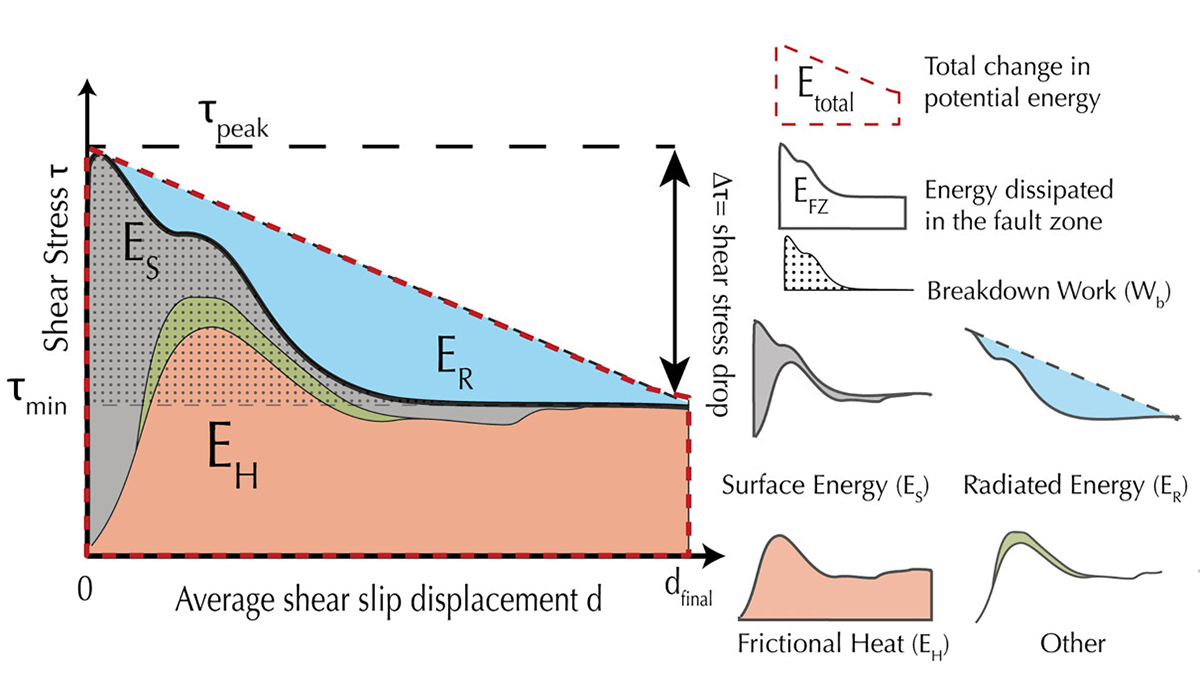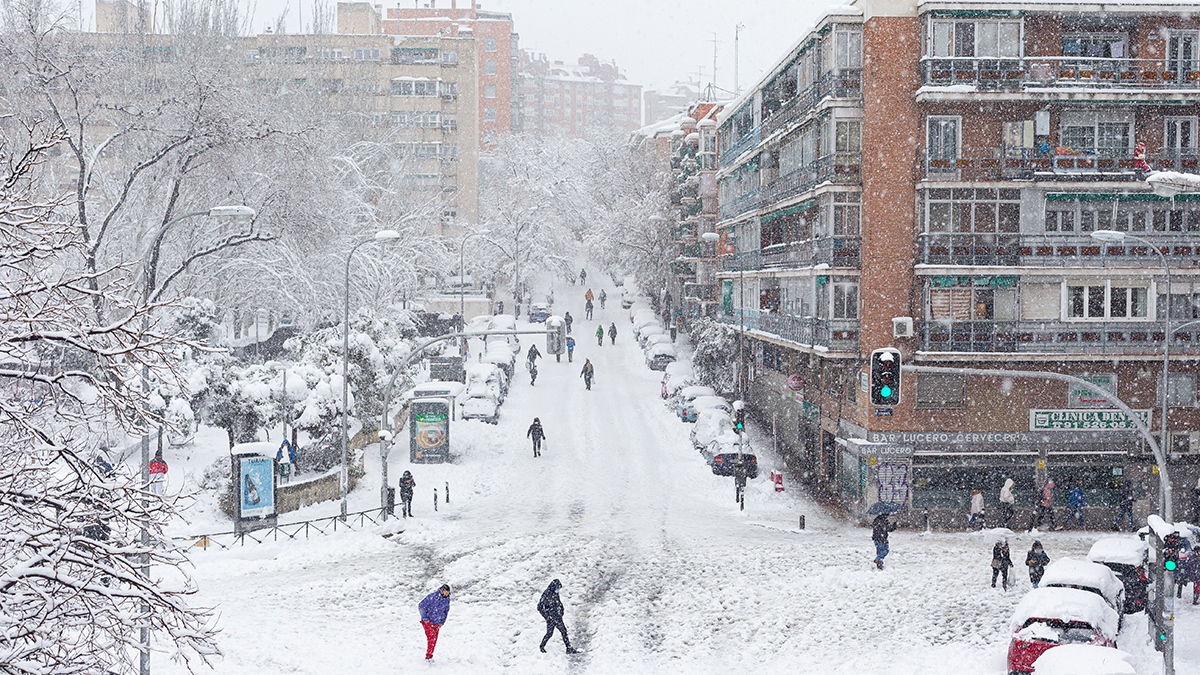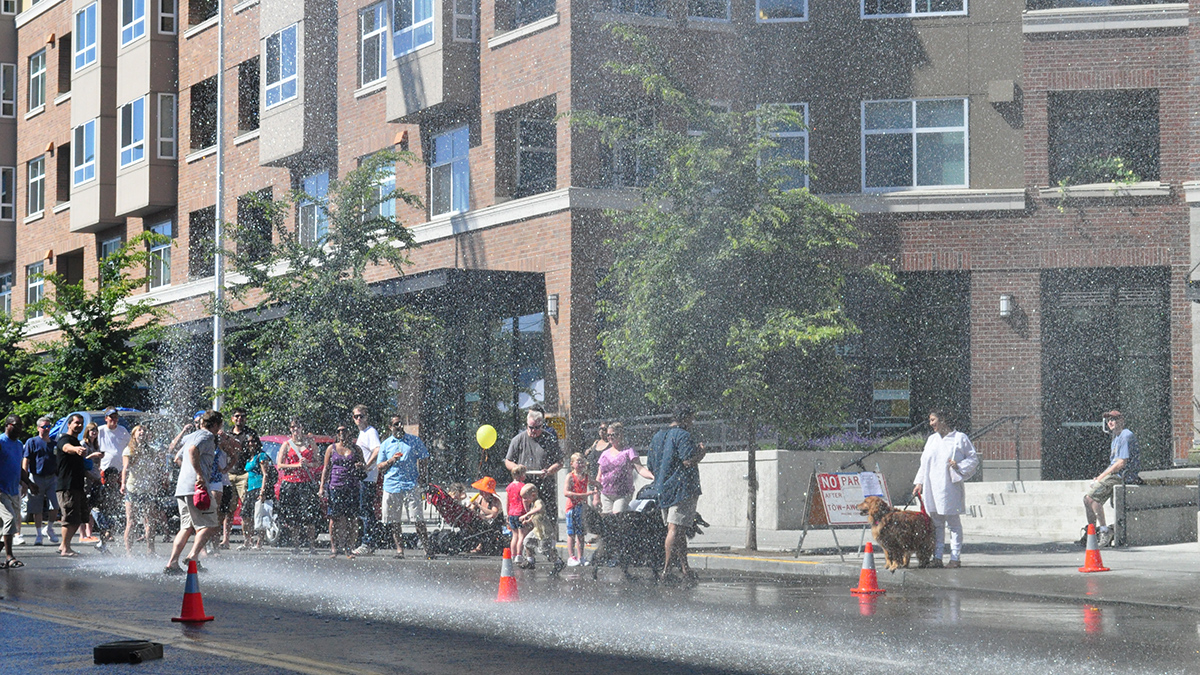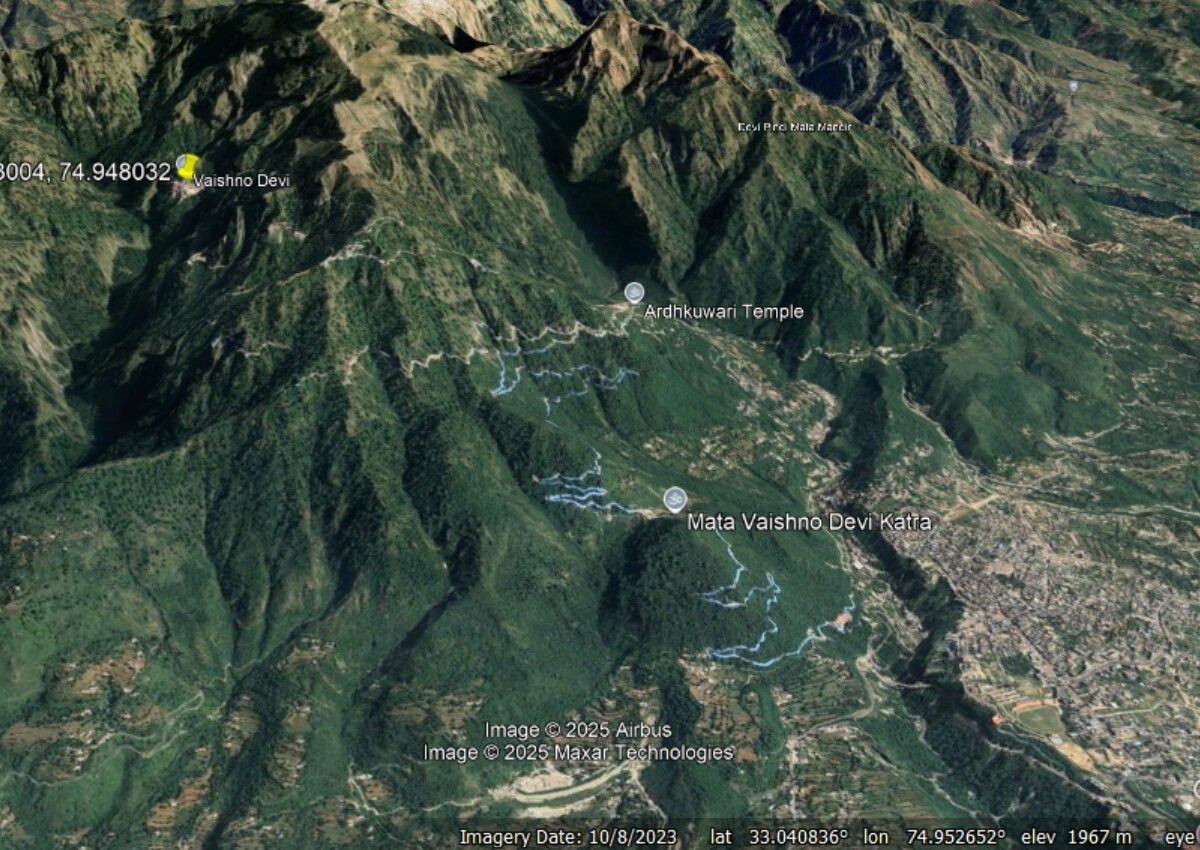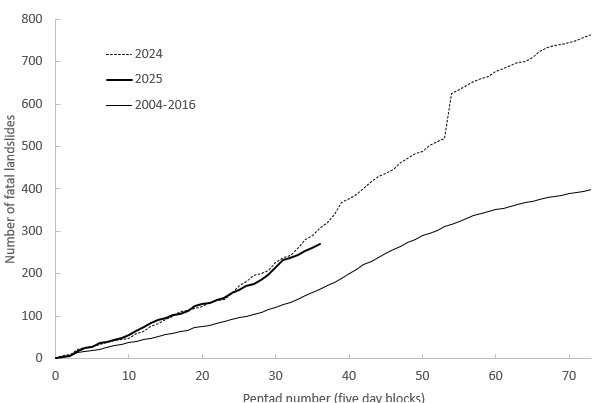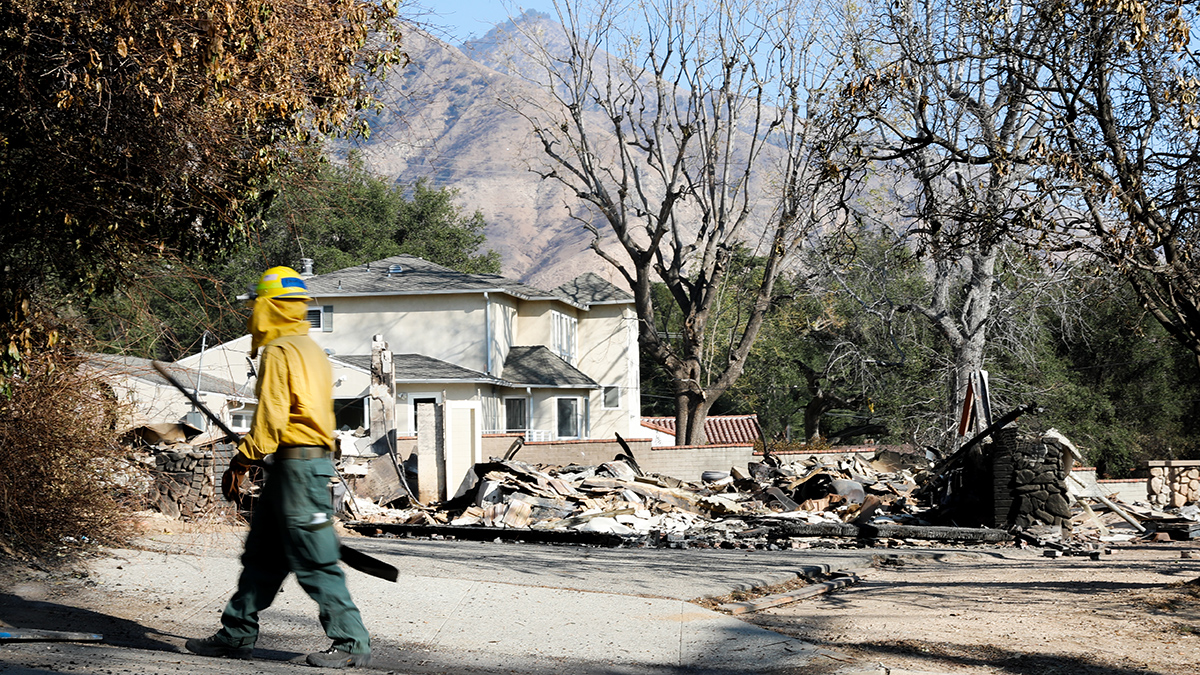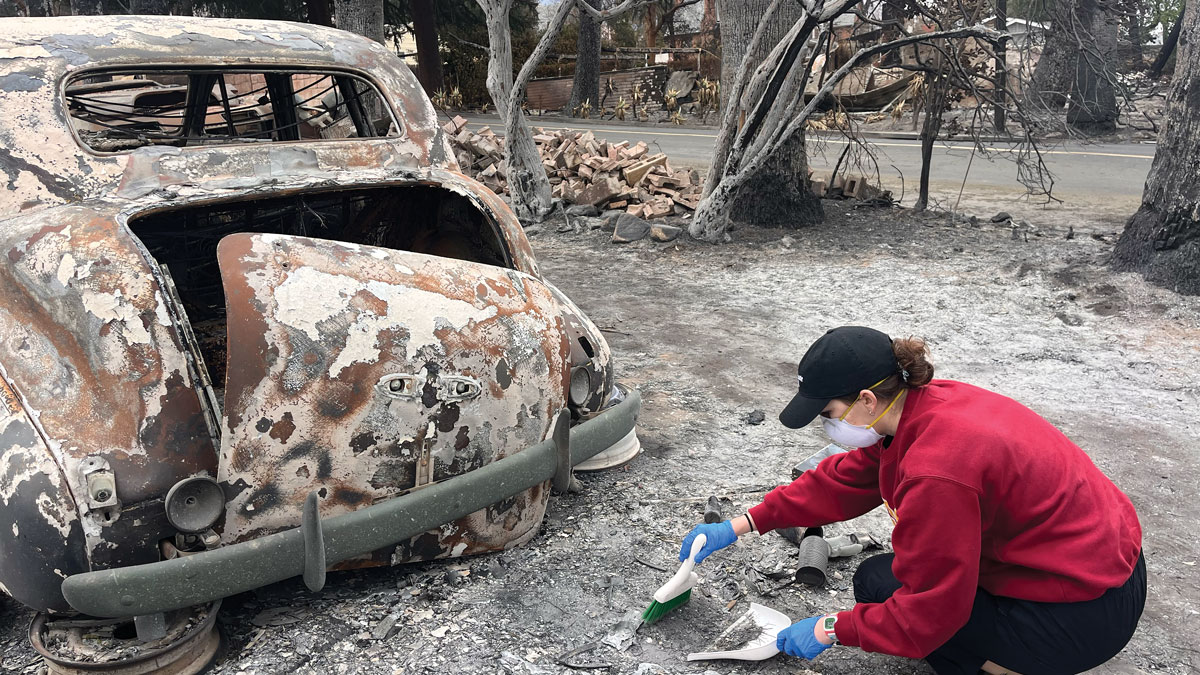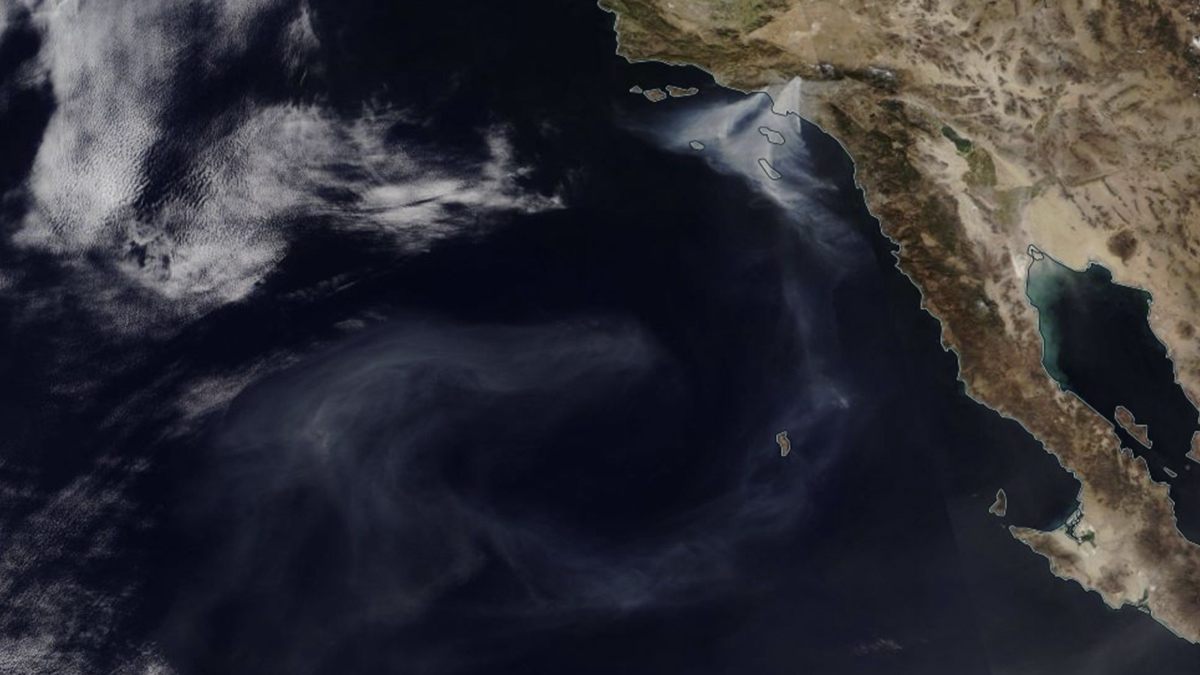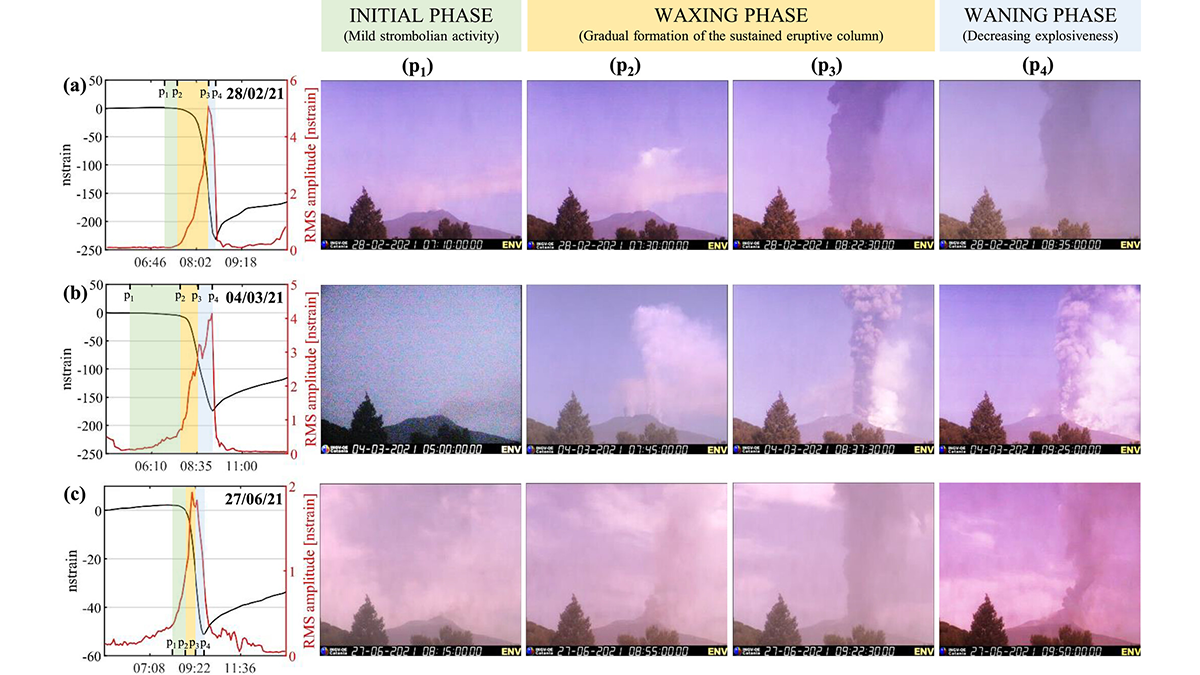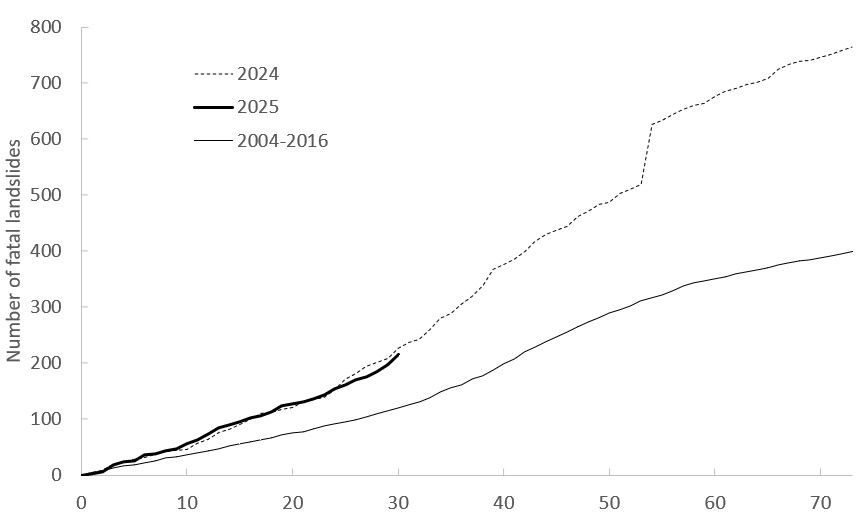Laboratory earthquakes shed new light on energy partitioning during earthquakes, which is allocated to seismic radiation, creation of new surfaces, and heat dissipation.
Hazards & Disasters
Environmental Hazard Impact Metrics That Matter
Humans acutely experience climate change when they encounter extreme environmental conditions, but scientific definitions of “extreme” often don’t reflect communities’ complex lived experiences.
Extreme Heat in U.S. Cities Revealed at High Resolution
Data from personal weather stations power a novel way to detect urban heat islands.
The 26 August 2025 landslide on the Vaishno Devi pilgrimage route in India
On 26 August 2025, a landslide triggered by extraordinary rainfall killed at least 34 people and injured another 20 individuals. On 26 August 2025, extremely intense late monsoon rainfall struck parts of Jammu and Kashmir in northern India, triggering extensive flooding and landslides. Unfortunately, a significant landslide occurred on the route to the Vaishno Devi […]
Fatal landslides in June 2025
In June 2025, I recorded 51 fatal landslides worldwide, resulting in 479 fatalities. The number of fatal landslides is significantly above the long term mean. Yesterday, I provided an update on fatal landslides that occurred in May 2025. This post is a follow-up, providing the data for June. As always, allow me to remind you […]
When Disaster Science Strikes Close to Home
How have scientists across Los Angeles used their skills to help their communities recover from the 2025 fires?
Burning Urban and Wild Land Alike
When more densely populated Altadena and Pacific Palisades burned along with surrounding wildlands, hazards for residents didn’t stop when the fires were contained.
Scrambling to Study Smoke on the Water
Timely action shows the impact of urban fires on freshwater and marine ecosystems.
Long-Term Strain Record of Mount Etna Captures 84 Fountaining Eruptions
Scientists use over a decade of high-resolution data to demonstrate that strain signals provide a better match to eruptive style than seismic tremors.
Fatal landslides in May 2025
In May 2025, I recorded 66 fatal landslides worldwide, resulting in 313 fatalities. The number of fatal landslides is significantly above the long term mean. Somewhat later than planned, resulting from other workload challenges, this is my latest update on fatal landslides in 2025, covering the month of May. I hope to be able to […]

